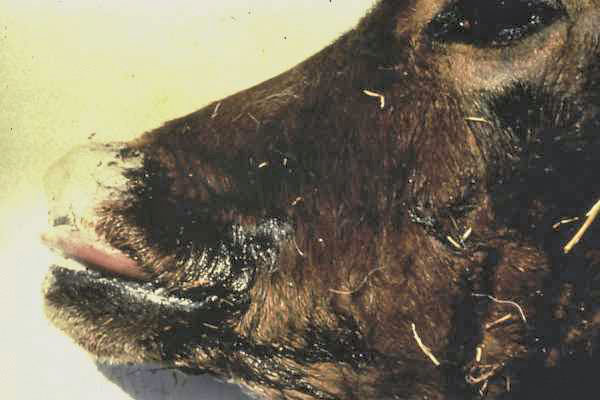
The Sunday News

Mhlupheki Dube
THE heavy rains that continue to pound our rangeland are very well appreciated as the vegetation growth is prolific and water bodies are recharged and there is no doubt that farmers will have adequate water for their livestock.
However, in some areas, small dams have been washed away and hence farmers are not able to harvest water for their animals. This means they will have to hunt for water during the dry season despite the more than generous allocation of water this season.
Prolific vegetation growth in the rangelands does not come without challenges. Disease incidences increase almost exponentially during this period.
In fact, I receive a lot of calls from farmers across the country consulting on one disease or another affecting their livestock.
On a general scale it is mostly the tick-borne diseases that increase under such conditions because of a corresponding increase in tick population in the rangelands. Therefore, this week we discuss one of the tick-borne disease which is commonly known as red water.
It is also known as Babesiosis. Babesiosis is an infection of the red blood cells. The disease is spread between cattle by ticks.
The principal strains are babesia bovis and babesia bigemina, with Rhipicephalus ticks being the major vector. It is important to note that there are different kinds of ticks which I may not burden readers with their names. However, farmers will notice that different ticks have different positions of attaching on the animal.
Some attach on ears, neck, and udder or under the tail. These different kinds of ticks cause different types of diseases. The babesia is injected into the bloodstream by the tick and then invades the red blood cells and begins dividing, eventually rupturing the cell.
Transmission of B bovis takes place when engorging adult female ticks pick up the infection. They pass it on to their progeny via their eggs. Larvae then passes it on when feeding on another animal. B bigemina is also passed from one generation of ticks to the next. Engorging adult ticks pick up the infection and nymphal and adult stages of the next generation pass it on to other cattle.
Morbidity and mortality vary greatly and are influenced by treatments employed by the farmer, previous exposure to a strain of the parasite. In endemic areas, cattle become infected at a young age and develop a long-term immunity. However, outbreaks can occur in these endemic areas if exposure to ticks by young animals is interrupted or if there is the introduction of Babesia infected ticks into previously tick-free areas through animal movements. Clinical signs of the disease usually begin around two weeks after infection.
The signs of red water include increased temperature, diarrhoea which ceases after around 36 hours and then becomes constipation. The urine becomes red due to haemoglobin produced by the rupture of the red blood cells and it eventually turns dark.
This is where the disease derives the name red water. There is also an increased pulse rate of the affected animal. Neurologic signs such as inco-ordination, teeth grinding and mania can be observed in some cases of the disease depending on the severity of the attack.
Some cattle may be found on the ground with the involuntary movements of the legs and this is very common in heart water which is another tick-borne disease. Animals are likely to separate from the herd, be weak, depressed and reluctant to graze or move. Abortion in calf cows is also common in red water cases and mortality can be high in cases where treatment is not provided in time.
However, mild cases may recover without treatment. More severe cases need treatment. There are various treatment remedies that can be recommended by your veterinary officer. These include the common oxytetracyclines that are available in the market. However, the most effective method as is the case with all disease control measures is prevention.
This means farmers have to adhere to the recommended dipping regimes of the different seasons as suggested by the veterinary department. You also need to alternate your dipping chemicals so as to achieve effectiveness and prevent resistance.
There are also prophylactic measures that can be adopted to prevent infection of your animals. Uyabonga umntakaMaKhumalo.
Feedback [email protected]/cell 0772851275.



